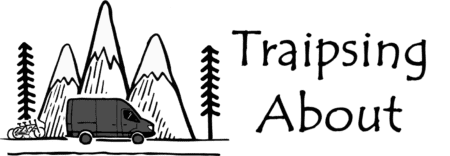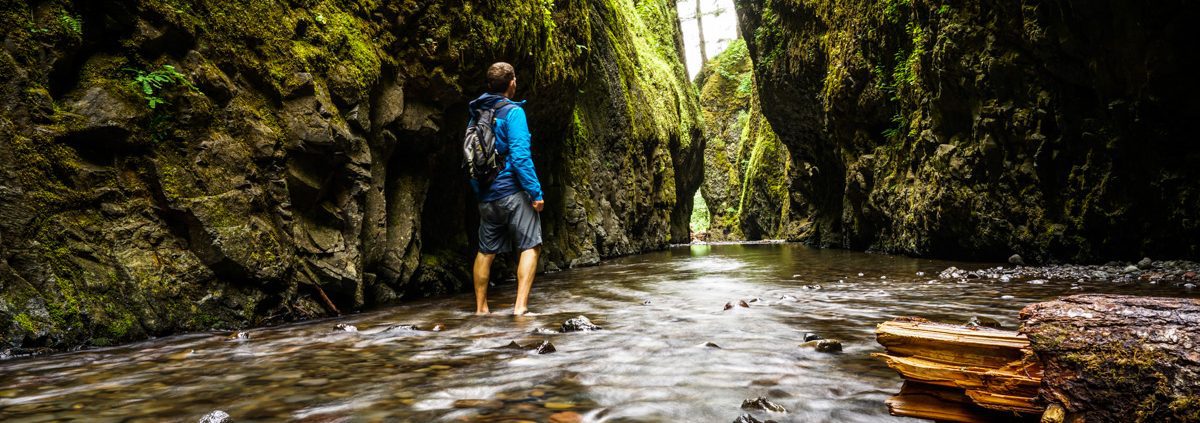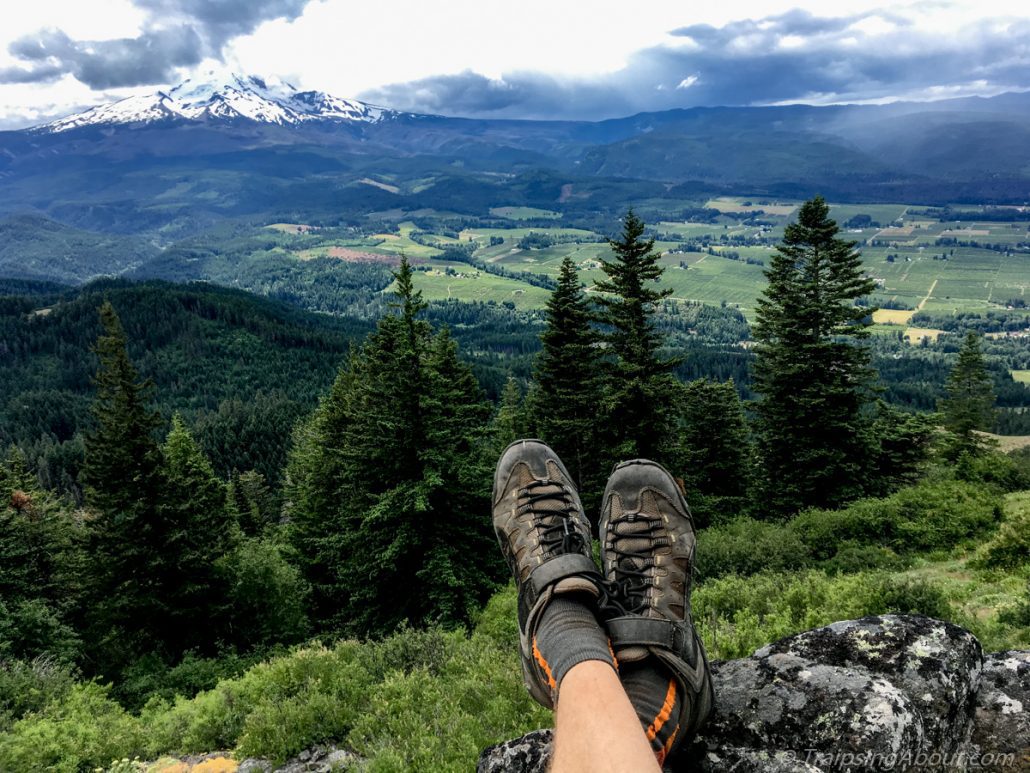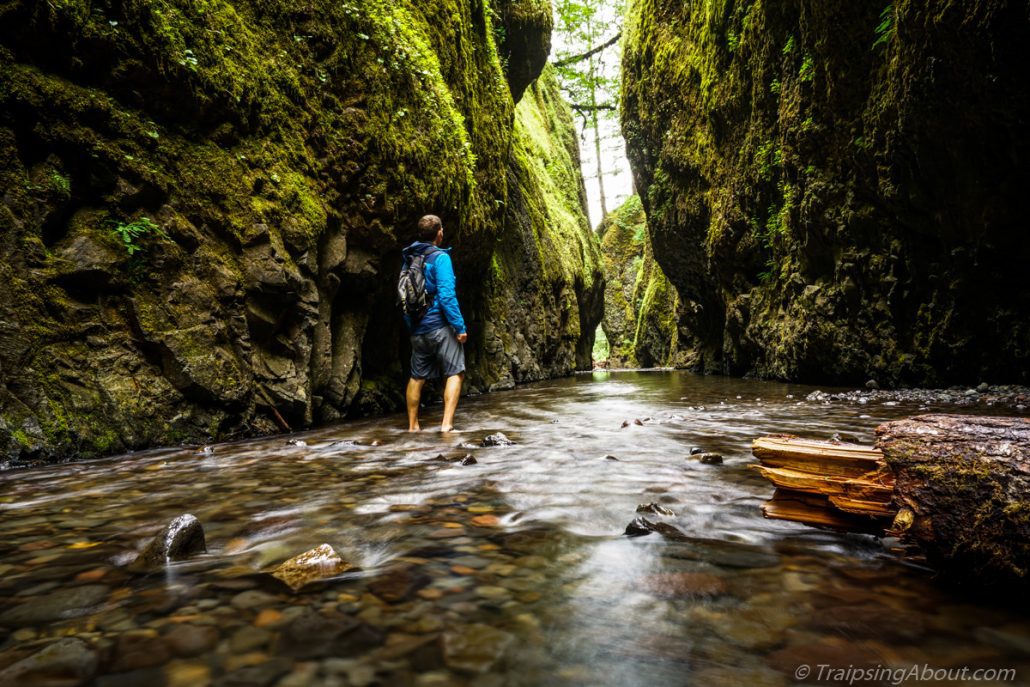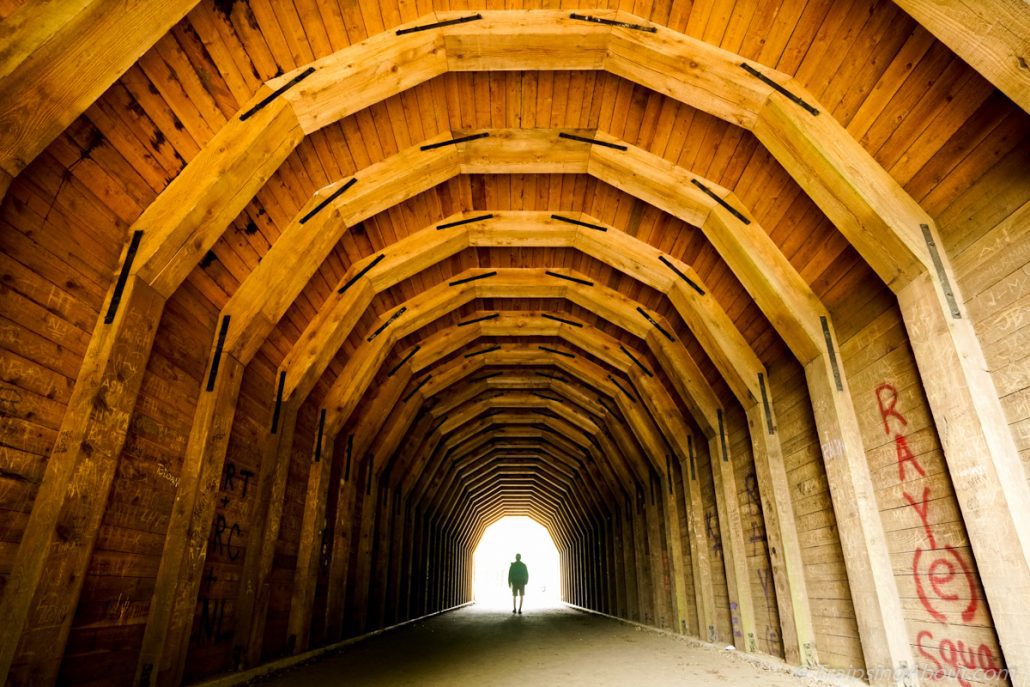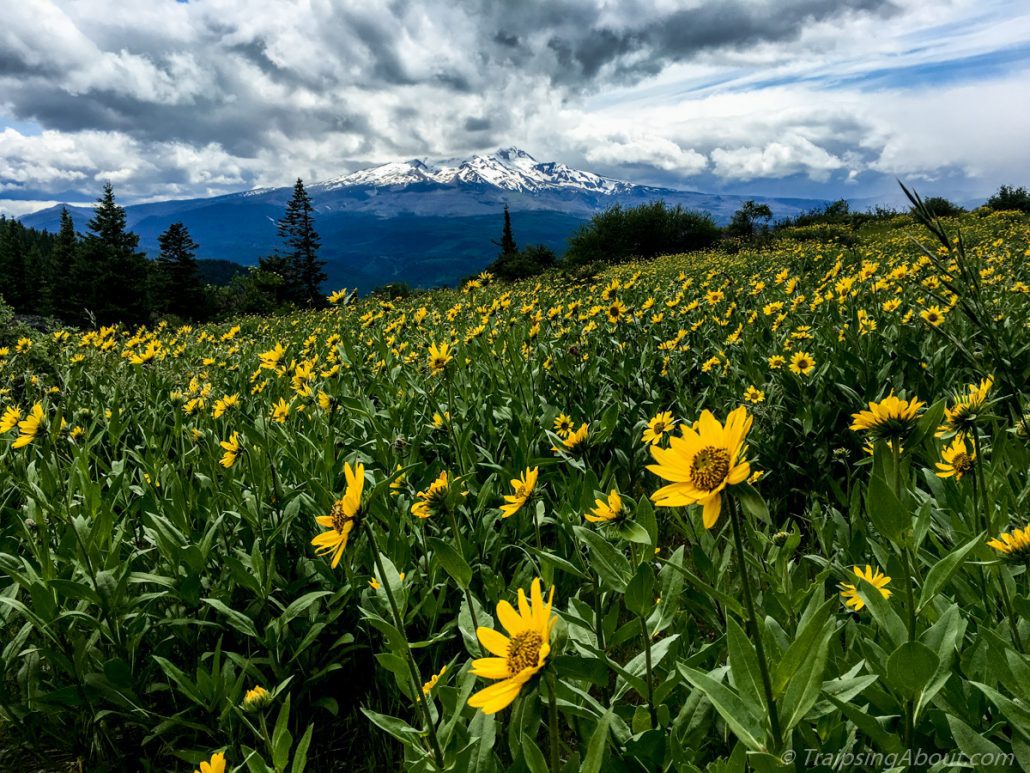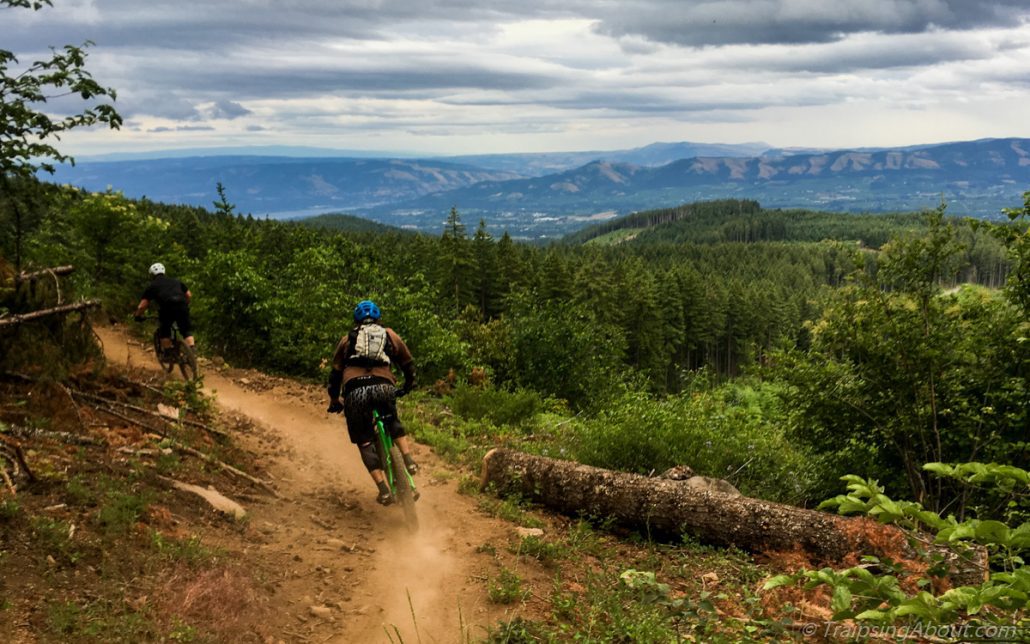Investing in Your Body’s 401(k)
This post is inspired by a podcast interview I did with The Consummate Athlete. Check it out here! Topics ranged from my daily habits to navigating van life to benchmarks for my personal fitness to why I love ping pong as much as shredding rocky trails on my mountain bike.
—–
I didn’t “exercise” as a kid. Like most people my age, I simply played. Exercise was climbing trees and running around. There wasn’t a routine or plan – it was simply part of my daily lifestyle.
Then came the years of sitting at desks at school and lifting weights so I could smack a baseball over a fence. (And impress the ladies). I could bench 285, but I couldn’t touch my toes without my eyes bugging out.
Zip forward three decades and here I am, recently 34 years old. I’m still very active, but the range of motion in my hips, shoulders, and other joints are closer to a rusty Tin Man than my younger self.
As I head toward the Land of Middle Age, my goal is to stay active in many sports. To achieve this, I’ve realized a haphazard approach to fitness and flexibility won’t suffice. It’s going to take more of a concerted effort.
What Are Your Fitness Benchmarks?
The esteemed mountaineer Conrad Anker does two things every year to encourage staying in shape – run a marathon and climb El Capitan in Yosemite. This got me thinking about what my personal fitness barometers might be. I encourage you to do the same.
Rather than a couple big goals, I opted for specific items along the lines of the Presidential Fitness test we did as kids, with some other sports mixed in. My baseline goals – ones I want to be able to do anytime, anywhere – are:
- 50 pushups
- 15 pullups (no kipping!)
- 15 dips
- Hold a plank for 2 minutes without shaking like a rabid rattlesnake
- Touch my toes with straight legs
- Run ten miles
- Ride a century on a road bike OR 35 miles of gnarly, physical terrain on my mountain bike
- Swim a mile straight (in a pool)
- Lead 5.11 climbing routes
- Beat my friend Jaysun at ping pong (I love the outdoors and adrenaline sports, but for some reason also find a ton of joy in the focused fun of this sport)
While we’ve been landed in Portland, it’s been easy to maintain these. Most can be done while traveling, though it depends. Some will atrophy during long, single-activity trips like bike touring, backpacking, or eating large servings of carrot cake for three months. Others are a starting point – if I’m planning a long climbing trip, I’ll get after it and hopefully be cranking on 5.12s by go time.
I’ve also enjoyed benchmark Crossfit workouts as an excellent way to test overall fitness, not to mention a damn fine workout when I’ve only got time for a short workout. I’m not a Crossfitter and have never been to their gyms, but my favorite test is one called Cindy. It’s 20 minutes to complete as many sets as possible of 5 pullups, 10 pushups, and 15 air squats. If don’t splat on your back in a puddle of sweat afterward, you are a cyborg.
All that’s nice, but what about staying limber? That’s where mobility work comes into play.
Mobility Training (Ok, Stretching)
Lately I’ve also incorporated a mobility practice into my life. I don’t want tight hips, shoulders, ankles, and forearms limiting my performance in the activities I enjoy, and this is the ticket for that.
We all know we need to stretch more, warm up better, blah blah blah. Well, it still matters. Paraphrasing an Olympic strength coach: “If world-class power lifters are using their limited training time to stretch EVEN THOUGH their focus is strength, why aren’t you?” Fine.
I’m not the best at regular stretching, but have found that triggers work best for me. (I do one thing, then immediately do the desired activity afterward. e.g. Eat breakfast, brush teeth.) To accomplish this, I integrated a mobility practice into something I already do frequently: reading.
A number of books inspired this, most recently Ready to Run. I also drew on an interview with an Olympic gymnastics coach and incorporated his fundamentals program. There’s no magic pill though – it still takes work. Most of us, including me, have so much body memory in the wrong positions that it’s going to take consistent, focused effort to repair the damage.
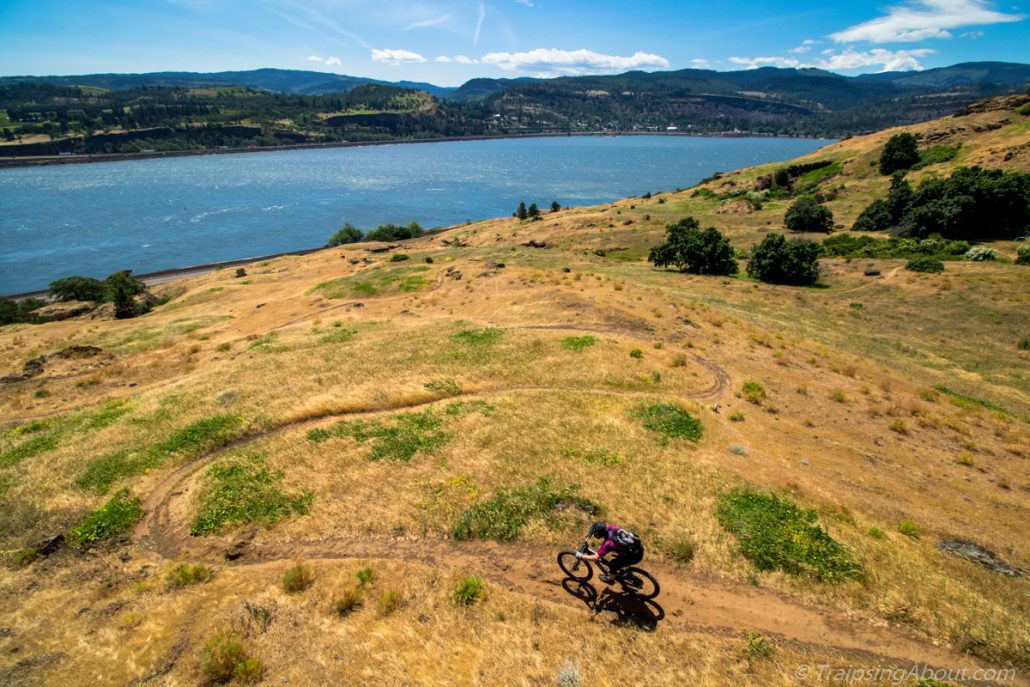
Working on tight hamstrings in the Columbia Gorge. Photo: Scott Rokis.
The good news is that many mobility exercises provide entertainment for your partner. Chelsea routinely has laughing fits when I’m struggling through an ape or crab walk. Even with her antics, my mobility is improving after just a month of 10-20 minutes per day and I can actually picture the day when doing the splits won’t put me in the hospital.
If you’re like me and have tight hamstrings, hip flexors, and shoulders from biking/running/hunching over a device, these are my favorite exercises. You may dig them too:
- Couch stretch – no, it’s not reeeeaching for the T.V. remote from the couch. Do a lunge with your rear knee on the ground, then reach back and lift your foot until it touches your butt. Shriek loudly, then relax until your eyes stop watering. Two-four minutes each side a couple times each day will change your hip flexors from twangy to the envy of all the ballerinas you know.
- Deep squats – my ankles and hips are both tight. Until a week ago, sitting in a squat with heels on the ground resulted in me toppling over backward. My goal is a full squat with feet flat on the ground, and two minutes a few times a day is moving me forward.
- Table top/crab pose – great for shoulder flexibility to stretch the pec minor muscle, the one in our chest that is constantly constricting as we hover over our glowing devices. Lots of variations on this – just Google “pec minor stretch”
- Jefferson Curls – I’d never even heard of this exercise, but it’s the #1 recommendation from Gymnastic Bodies. It’s basically a weighted standing forward curl to bring back curvature and flexibility in your spine. My hamstrings and spine are in love with this stretch.
Do those four exercises consistently and I bet you’ll see great progress. I choose 2-3 each day and do them while I read books or blog posts, prior to a climbing session, or after a bike ride or run.
When I hear about older athletes who are still crushing it, consistency is the dominant theme. By staying on top of mobility and regularly exercising, they avoid injuries that sideline many athletes for big chunks of time and require starting over. Day in, day out, they take a few minutes to bang out some pushups or pullups, stand instead of sit at a desk (standing desks are magic for better posture), or choose stretching on the floor while watching a movie versus sinking into the couch. The small things add up over tie!
I write about this as both an accountability statement for myself and a reminder that it is TOTALLY possible to stay flexible, strong, and active as we age. I see it as an investment similar to saving for retirement. With a few minutes per day sunk into a Body 401(k), hopefully I’ll be pulling out returns for many years.
